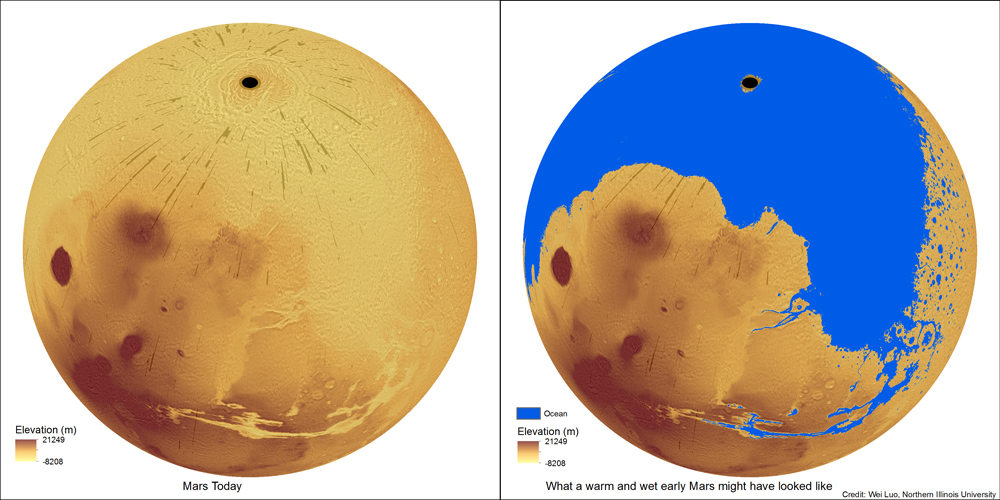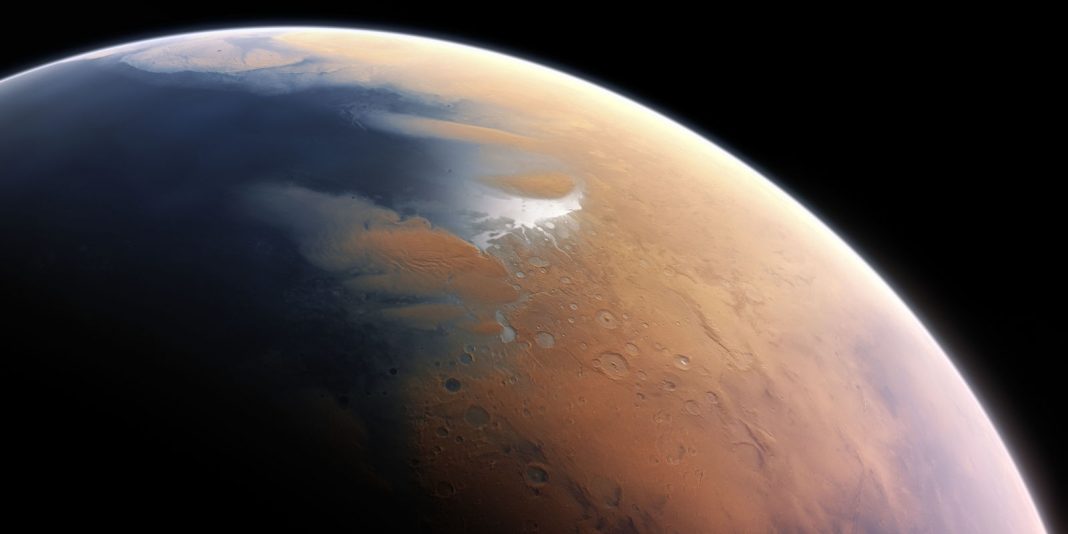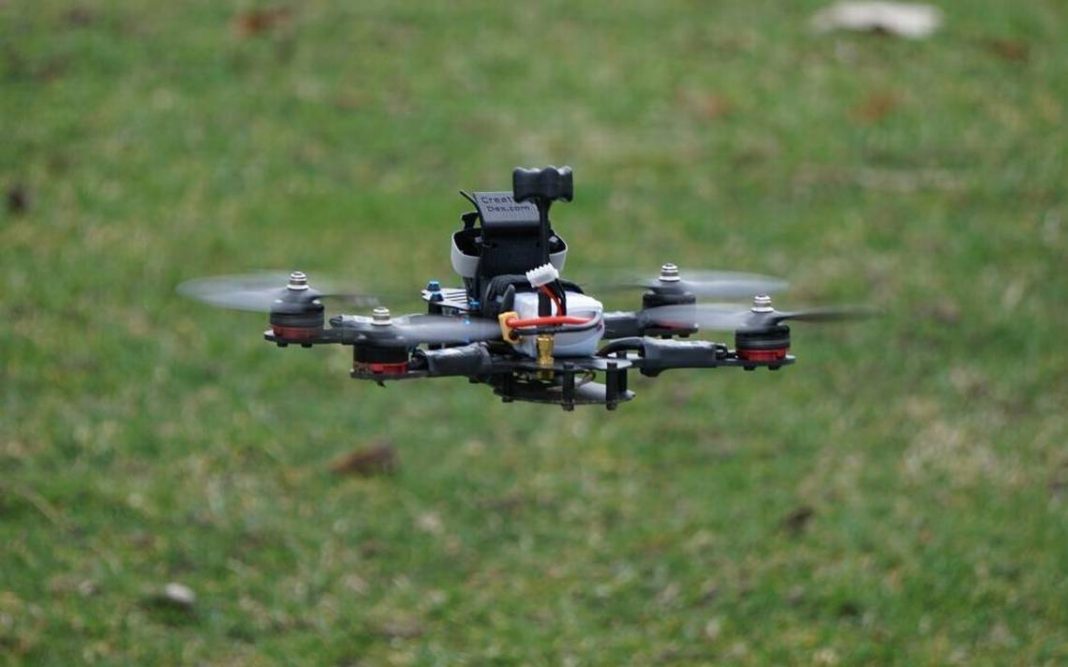A recent study led by Professor Wei Luo of Northern Illinois University has proved that Mars was once a much watery planet than we originally suspected. They made the discovery when the team calculated the amount of water needed to carve all the networks of valleys found on the Red Planet.
Satellites orbiting Mars and rovers roaming the planet already provided us with fairly concrete proof that water did, in fact, help to shape the planet’s landscape all of those years ago. But quite how much water there was has always been up for debate. The new study was published in the online journal Nature Communications on June 5. In it, Luo and colleagues managed to create an algorithm to calculate more precisely the volume of space within these valleys of Mars and also the amount of water that must have been present in order to create those cavities.

Luo commented, “Our most conservative estimates of the global volume of the Martian valley networks and the cumulative amount of water needed to carve those valleys are at least 10 times greater than most previous estimates.” The new estimate of the how much water was needed is many 4,000 times the volume of the valley cavities. “That means that water must have recycled through the valley systems on Mars many times, and a large open body of water or ocean is needed to facilitate such active cycling,” he added. “I would imagine early Mars as being similar to what we have on Earth – with an ocean, lakes, running rivers and rainfall.”
But, there’s still something missing as climate models so far haven’t been able to reproduce early Mars climate warm enough that an active hydrologic cycle is promoted. “Mars is much farther away from the sun than Earth, and when the sun was younger, it was not as bright as it is today,” Luo explained. “So, there’s still a lot to work out in trying to reconcile the evidence for more water.” The project was funded by NASA’s Mars Data Analysis Program.
More News to Read











